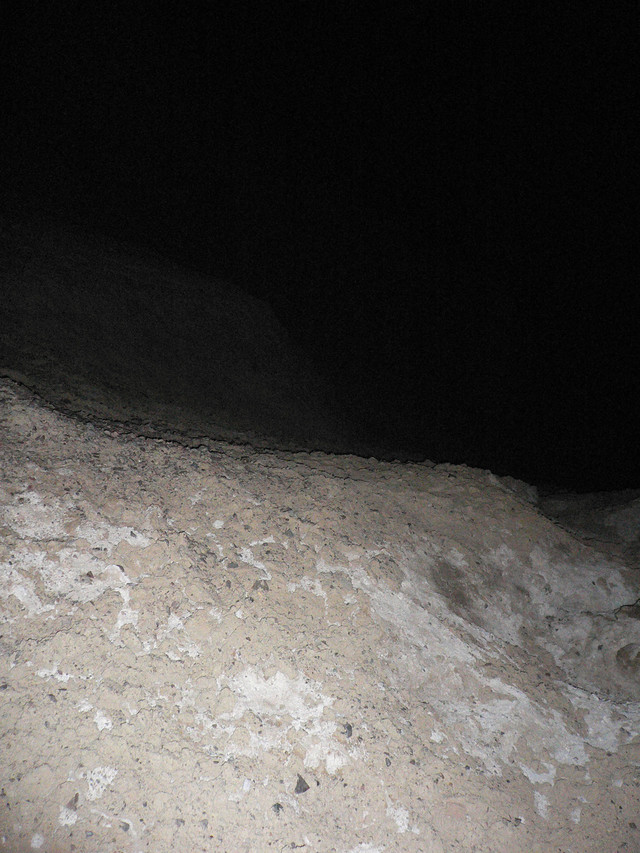Press Release
Olaf Nicolai’s (*1962, Halle an der Saale) works have been featured in numerous international exhibitions, from documenta to the Venice Biennale. The landscape, one of the most complex themes in the history of art, is a leitmotif in Nicolai’s work. For the Lokremise St. Gallen he has designed a walk-

Olaf Nicolai, That’s a God-forsaken place; but it’s beautiful, isn’t it?
Lokremise St. Gallen (Switzerland)
07.07 - 11.11.2018


© ArtCatalyse International / Marika Prévosto 2018. All Rights Reserved
Olaf Nicolai, Zabriskie Point, 2010. Courtesy Galerie EIGEN + ART Leipzig/Berlin 2018, ProLitteris, Zürich
Exhibition 07 July -

Nicolai’s installation in the Lokremise consists mainly of sand, a loose sediment that, under changing climatic conditions, forms a landscape in motion. Geological as well as geopolitical references come into play; Michel Foucault’s notion of heterotopia also comes to mind: Foucault coined the term in the late 1960s to describe transitory places on the margins of society in which social order is both represented as well as disputed and undermined. Nicolai’s barren landscape thus comes into view as an ambiguous place that can be understood in the context of current social change and at the same time sets in motion the viewer’s imaginative potential.
The exhibition begins with the work Zabriskie Point, a series of photographs taken with a stark flash at night at Zabriskie Point in Death Valley. The photos document a nocturnal, almost one-
When visitors begin their walk through the landscape in the Lokremise, they can pick up a hand-
Another element of the installation is the previously unpublished texts by Simeon Wade, a resident of California, who visited Death Valley in June 1975 along with Michel Foucault. Passages from Wade’s texts about their stay, including an interview with Foucault, relate to a special experience: along with Wade and his friend, Foucault first took LSD at the symbolic Zabriskie Point.
Nicolai’s exhibition will also extend to the Kunstmuseum St. Gallen. Drop-
The show That’s a God-
While all three exhibitions examine different facets of Nicolai’s work and retrospectively reflect the artist’s interdisciplinary concepts of the past 20 years, the presentation in St. Gallen brings together both existing and new works that demonstrate the development of the artist’s oeuvre in a site-
As part of the exhibitions, a catalog will be jointly published by the three institutions.
Curator: Lorenzo Benedetti